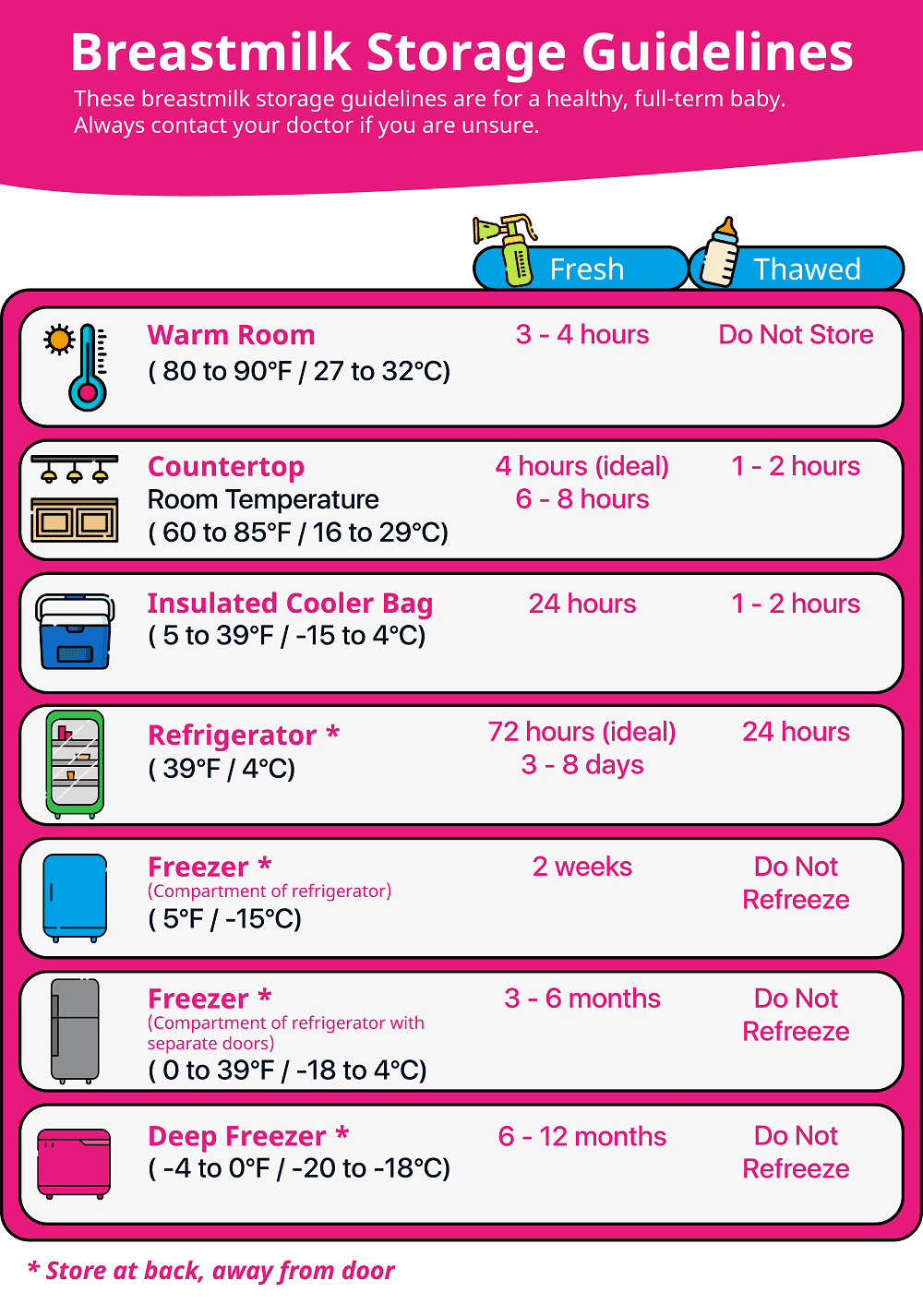Are your breasts full and engorged with milk? Maybe you’re having problems getting a good milk supply. Learning how to hand express breast milk is a valuable technique you literally have at your fingertips.
A breast pump is great, but what happens when you forget to pack it if you’re out or at work? If it’s an electric pump, what happens if the power is out?
As a lactation consultant, I can assure you that hand expressing breast milk is a necessary technique to learn for several reasons. Let’s look at some of them and find out how it’s done.
Key Takeaways
- Hand expressing breast milk is a helpful technique when breast pumps are unavailable or inconvenient, and can also help with engorged breasts or milk supply issues.
- To hand express, use a C-shaped grip with fingers and thumb, gently pressing and rolling motions to encourage milk flow, while moving your hand around your breast to empty all ducts.
- Hand expressing is free, always available, and can help improve milk supply, but may require practice and time to master the technique.
- Breast milk expressed by hand can be used immediately or stored for later use, making it a valuable skill for breastfeeding mothers.
Why Would You Hand Express Milk?
With some of the best breast pumps available, you might wonder why you need to use your hands to express your milk. Yes, breast pumps are valuable tools, but so is expressing by hand or even doing both. This method of obtaining breast milk can be helpful in the following situations:
- You have a preemie or newborn and you want to collect colostrum. Colostrum is thick and produced in small quantities. If you use a pump, it often sticks to the flanges of the pumping system.
- Your breasts are engorged and hard, so your baby has a problem latching on. Hand expressing some milk could make them softer and help your baby feed easier.
- Your breast pump won’t work. Maybe it’s broken, the batteries are dead, or you have no access to a power source.
- Your breasts become engorged when you are away from your baby, and they’re causing discomfort. Hand expressing some milk can relieve the pressure.
Hand expressing is free and available to you anytime and anywhere. The skin-to-skin contact from your hands on your breast can encourage your milk let-down.
You might find that combining hand expressing with pumping will get you more milk. The motion of massaging your breasts at the same time as pumping can make your milk flow quicker. It can also be helpful to get out those last few precious drops after the main flow has stopped (1).
How to Hand Express Breast Milk
Like learning any other new skill, expressing milk by hand might take a little practice to achieve at first.
If you don’t master it straight away, don’t become disheartened. The more you do it, the easier it will become. Your midwife or lactation specialist can help and guide you.
Be Prepared
It’s important to ensure that our baby’s world is kept as safe as possible. There are a few things you need to do before starting to hand express.
First, wash your hands thoroughly with soap and water. Ensure you have a sterilized container on hand if you plan to keep the milk to feed your baby later.
You might want to prepare your breasts with a warm wet towel before expressing. Giving them a gentle massage for a few minutes can also help get the milk flowing. Finally, make sure you are comfortable and relaxed.
You can always look at a picture or video of your baby, listen to a recording of their gentle sounds, or have something that smells of them nearby. This can help stimulate the “let-down reflex” (2).
What to Do
These are the steps we recommend you follow to hand express your breast milk (3).
- Take your hand and form the letter C with your fingers and thumb.
- Place your thumb on the top part of your breast and your fingers on the underneath in this C shape.
- Your fingers and thumb should be about an inch behind your nipple and just touching the areola (the pinkish-brown part around your nipple). Don’t pinch or squeeze your nipple, or you’ll make it sore.
- Use your other hand to hold your sterilized collection vessel. This could be a cup, bowl, or bottle. You might need to use a funnel to ensure no milk is wasted.
- Ensure your nipple is directly over the collection vessel.
- When you’re ready to start, gently push your breast back toward your body with your fingers and thumb.
- Softly move your fingers and thumb toward each other.
- Using a rolling motion, move your fingers and thumb back to their starting position. This will help move the milk out of the ducts.
- Be gentle when doing this — you can easily bruise or damage your sensitive breast tissue. Don’t pull, rub, squeeze, or slide your fingers back and forth over your breast.
- Lean forward slightly to ensure the milk that is spraying or dripping out of your breast is collected in your container. Try not to touch the milk on its way out.
- Set up a rhythm, repeating steps six through 10 at a steady pace until you have expressed all your milk.
- If the milk stops flowing, move your hand around your breast to a different position. This could be in the C shape, a U shape, or variations of these, upward, downward, or backward. Changing positions should ensure you get the milk from all the ducts.
- Repeat the actions with the other breast.
Hand expressing milk from both breasts should take about 20 to 30 minutes. You can either use this milk to feed your baby immediately or store it for later. Breast milk will keep in a suitable container in the fridge for up to five days or in a freezer for up to six months (4).
The Pros of Hand Expressing
Hand expressing has many benefits. Apart from being completely natural, it’s also free and always available. Besides a container for your milk, you don’t need any extra equipment. Even if you don’t have a container, you can express into a sink or a tissue or cloth if that’s all that is available.
It’s also quiet, with no noisy pumps to listen to or attract unwanted attention.
Expressing breast milk by hand before pumping might produce more milk than pumping alone. It can help improve your milk supply for your baby when they suckle.
Becoming more comfortable with your breasts while hand expressing will also alert you to any changes that might need medical attention.
The Cons of Hand Expressing
Using a breast pump might be quicker and more efficient than the time you need to invest to hand express. The technique can take a bit of practice to get right, and it may take some time to get comfortable with it.
Despite practice, some women just can’t get a handle on the technique and cannot get the milk flowing. Don’t forget to seek advice if you are struggling with hand expression.
FAQs
In Conclusion
Now that you know the benefits and have read the steps you need to take to start hand expressing, you can give it a go. You might not get it right the first time, but practice makes perfect — or at least can make it easier.
Breastfeeding gives your baby the best possible start in life. There are times when you might not be able to feed them at the breast for a variety of reasons. Learning to hand express means they can still have all the benefits breast milk can give them (5).
It can also benefit you if your breasts become too full, or it can encourage your milk to flow if it’s in short supply.














